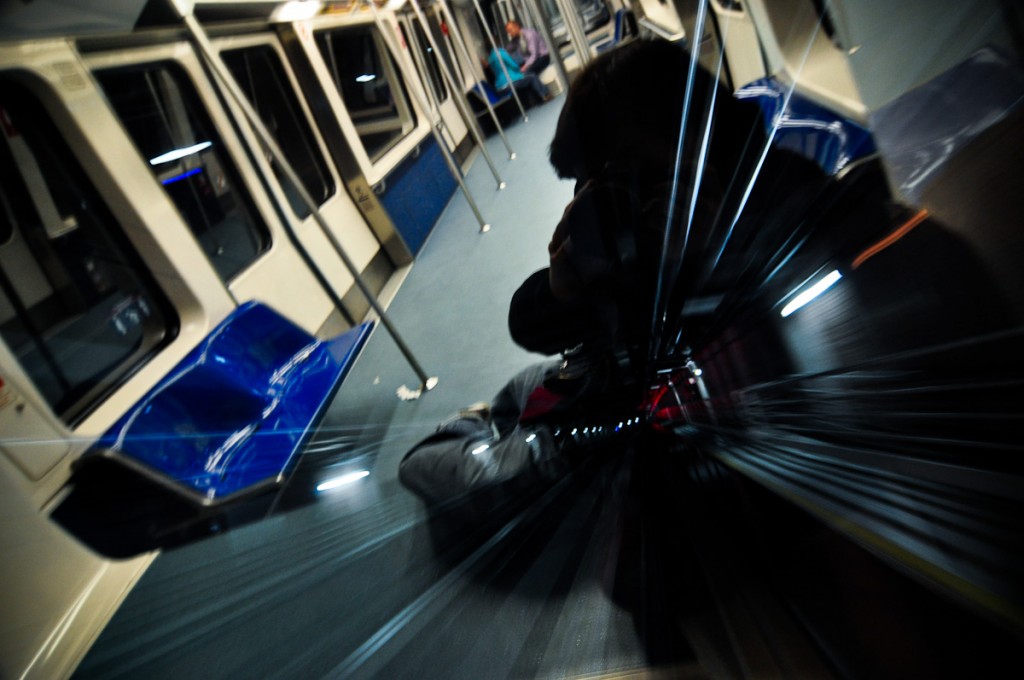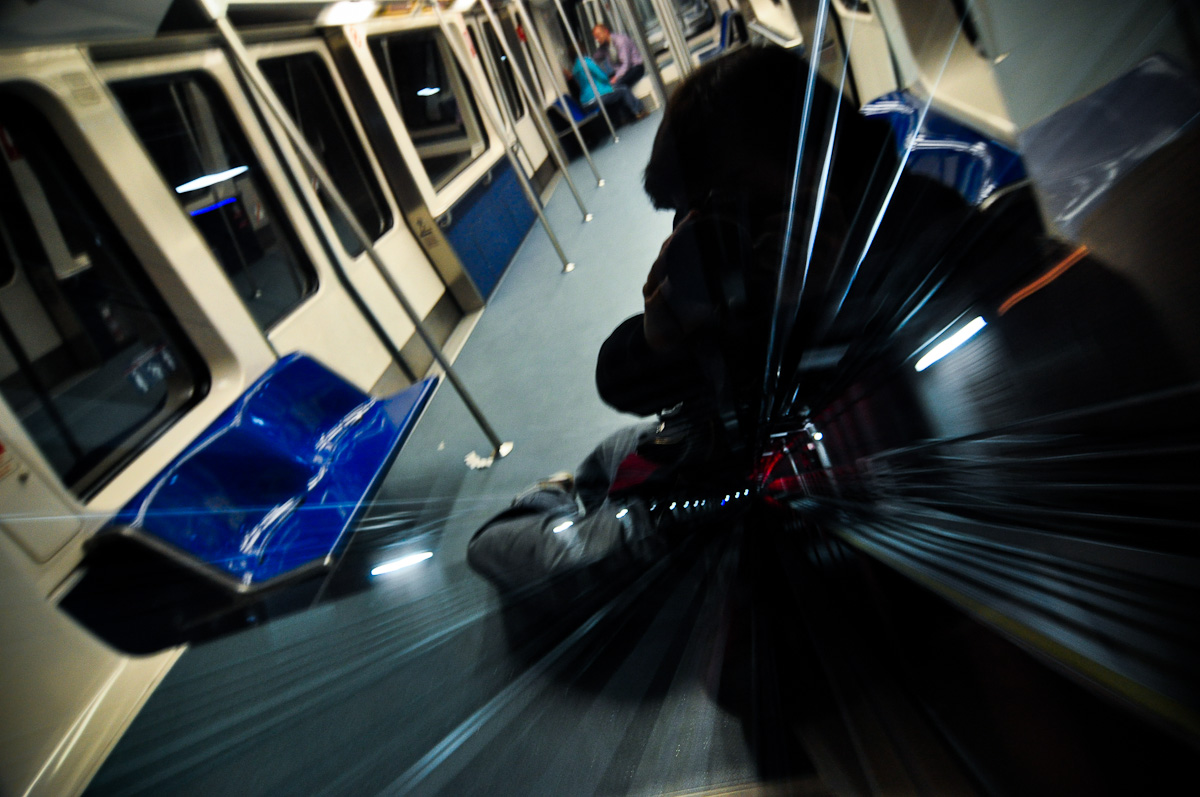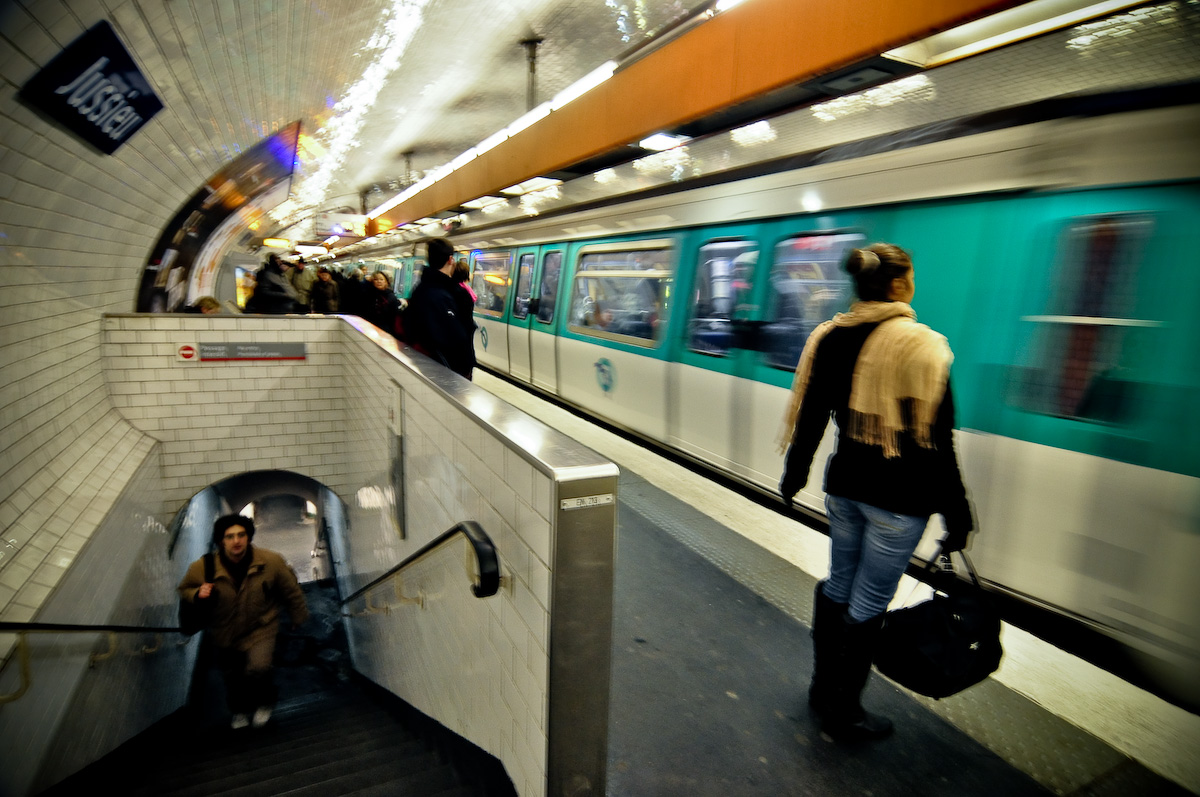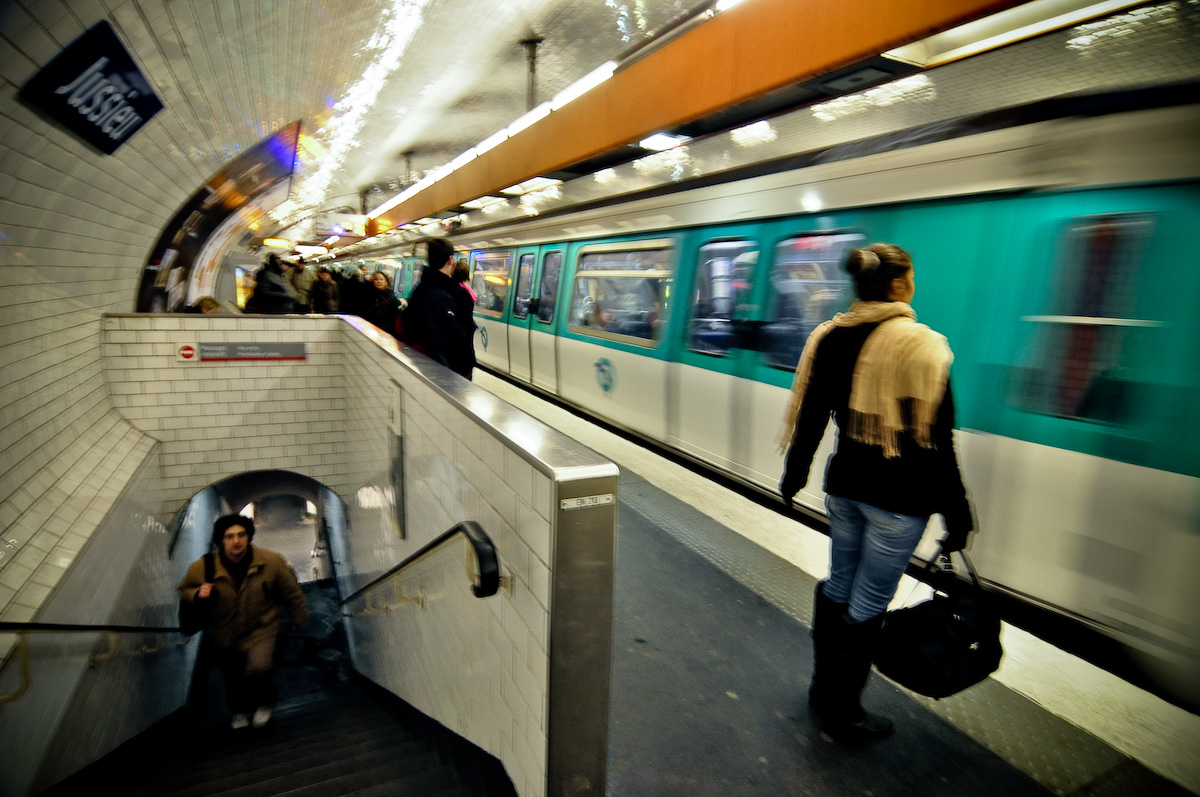
When a photograph lies infront of you, you uncounsly read it. You eye is unable to see more than just a tiny spot with full sharpness. So when you see a picture (unless it’s tiny) your eye scans it for certain patterns. Usually those are: foreground before background, light before dark and left before right.
When you check out the picture above, it starts as a seamlessly looking scene inside some sort of train. Then you continue towards the right (and dark) part and it starts getting confusing. Questions arise and confusion starts: How was it possible to take this picture? Are those two pictures in one? What’s the black silhouette on the right half? Where is the photographer? Continue reading “To read and to understand”



